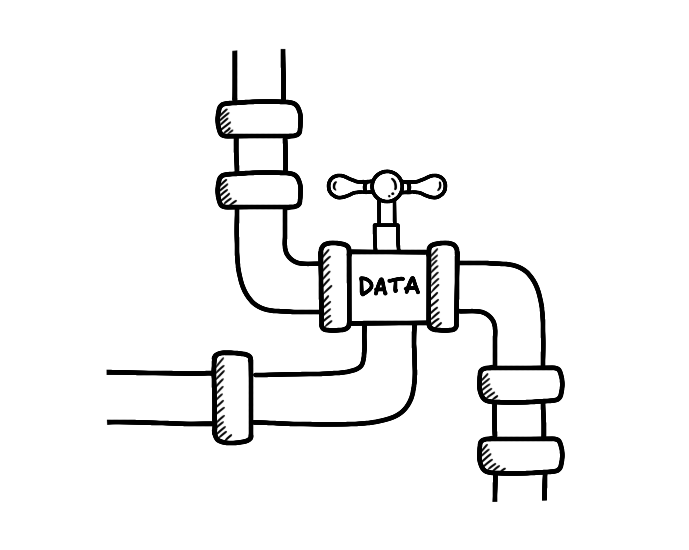Do you know why people in your company don’t like you? It’s simply because you are the owner of the Single View of the Customer. You aggregate all customer interactions from all your company touchpoints, so you precisely know how the other departments performs. You knew the NPS score from Customer Support even before they prepared the report. You know the sales figures, split by single sales co-worker, and how often customers look for unavailable products online.
Of course, if that is the truth, and people really don’t like you for that reason, it means that you are working in a horrible place, and you should leave it immediately for the sake of your physical sanity. This knowledge is the biggest asset you can provide back to the brand that your colleagues, in normal conditions, desire.
You probably heard about the streetlight effect. It is a type of observational bias that occurs when people only search for something that is the easiest to look at (when the streetlights are on). This is precisely the situation in which your scattered, siloed department managers find themsleves. As they miss the 360 degrees view of your customers, they focus on the problems that are visible only through the prism of their scope.
However, the access to this valuable knowledge is limited. When another department wants to find out something about the customers or has a hypothesis, they have to submit a report or write a brief for your data analytics or external agency hired to run this operation. The result: they receive a report which raises another question, and each result raises five more questions.
It is why you should aim to democratise access to knowledge. It is not about sharing extensive consumer analyses with every employee but about collaborating, sharing the data, using them as a team, and working on dashboards and data flow automation.
The biggest challenge lies not necessarily in the access to data but in data interpretation. In how you jointly decode it into the insights and can prioritise it on the company level. Let’s take NPS scores as an example: all customer-facing team have their siloed results. But only if you connect the NPS into the system, connect the low scores with the lost sales metrics, and map it against the internal processes and ways of working, you can start to understand the root causes of your problems and customer satisfaction or dissatisfaction drivers. Many of them are beyond a single team or department control, e.g. low product availability online can be solved by logistics, not the web team; poor external supplier service—by CX or even procurement team, and not necessarily the marketing team. By organising NPS in an ecosystem, you can prioritise actions that have the most significant impact, or “the easiest to solve” order. Recognise the leavers that are best to pull and set up common goals, that everyone can contribute to.
Democratic access to data and insights helps all co-workers understand their bigger role in the organisation structure. They start to see their impact on the different parts of the organisation and customer journey stages. That unleashes the potential—as they begin to understand problems better, they find the solution faster and your brand starts to configure and adjust to customers organically.







